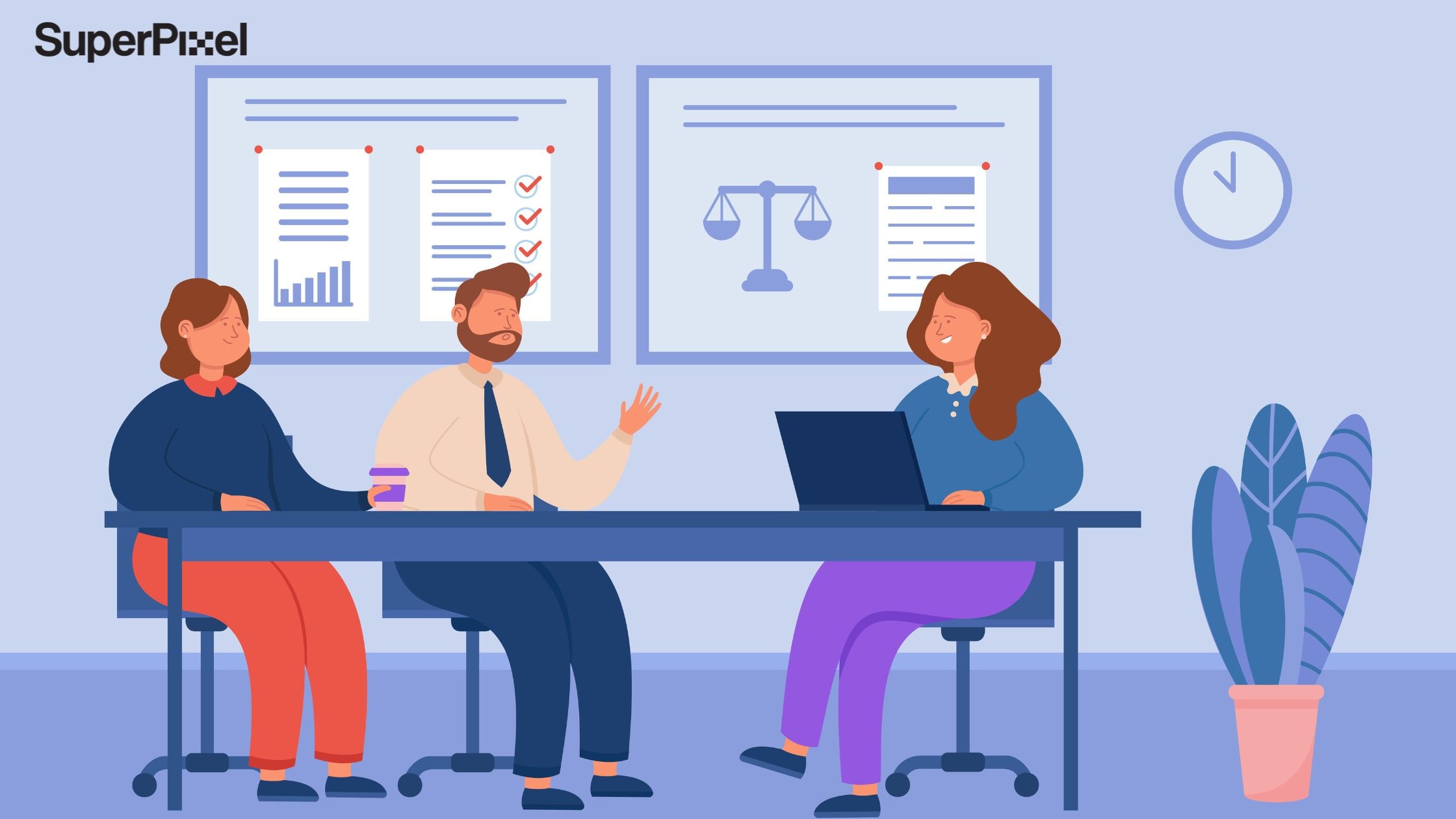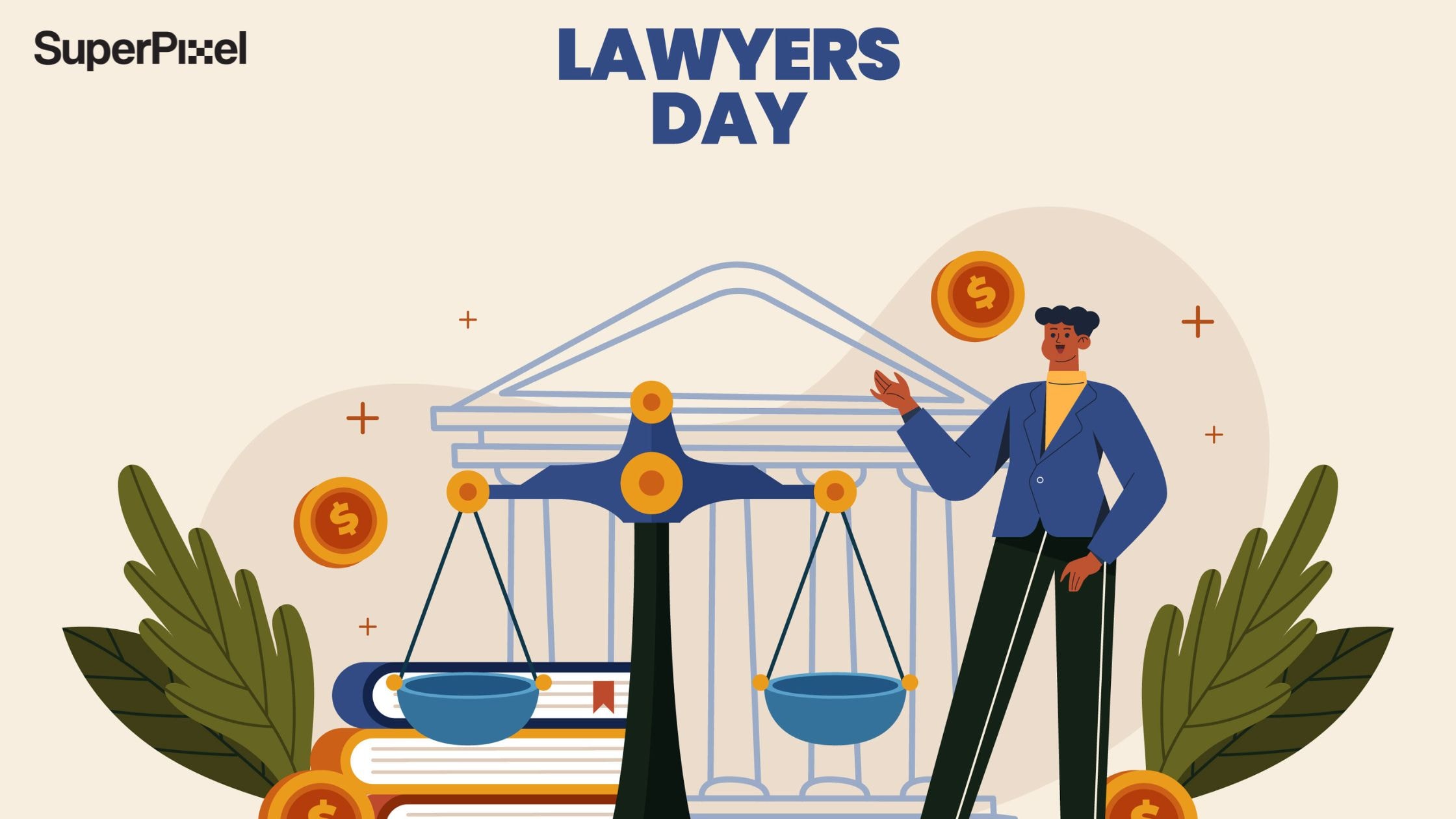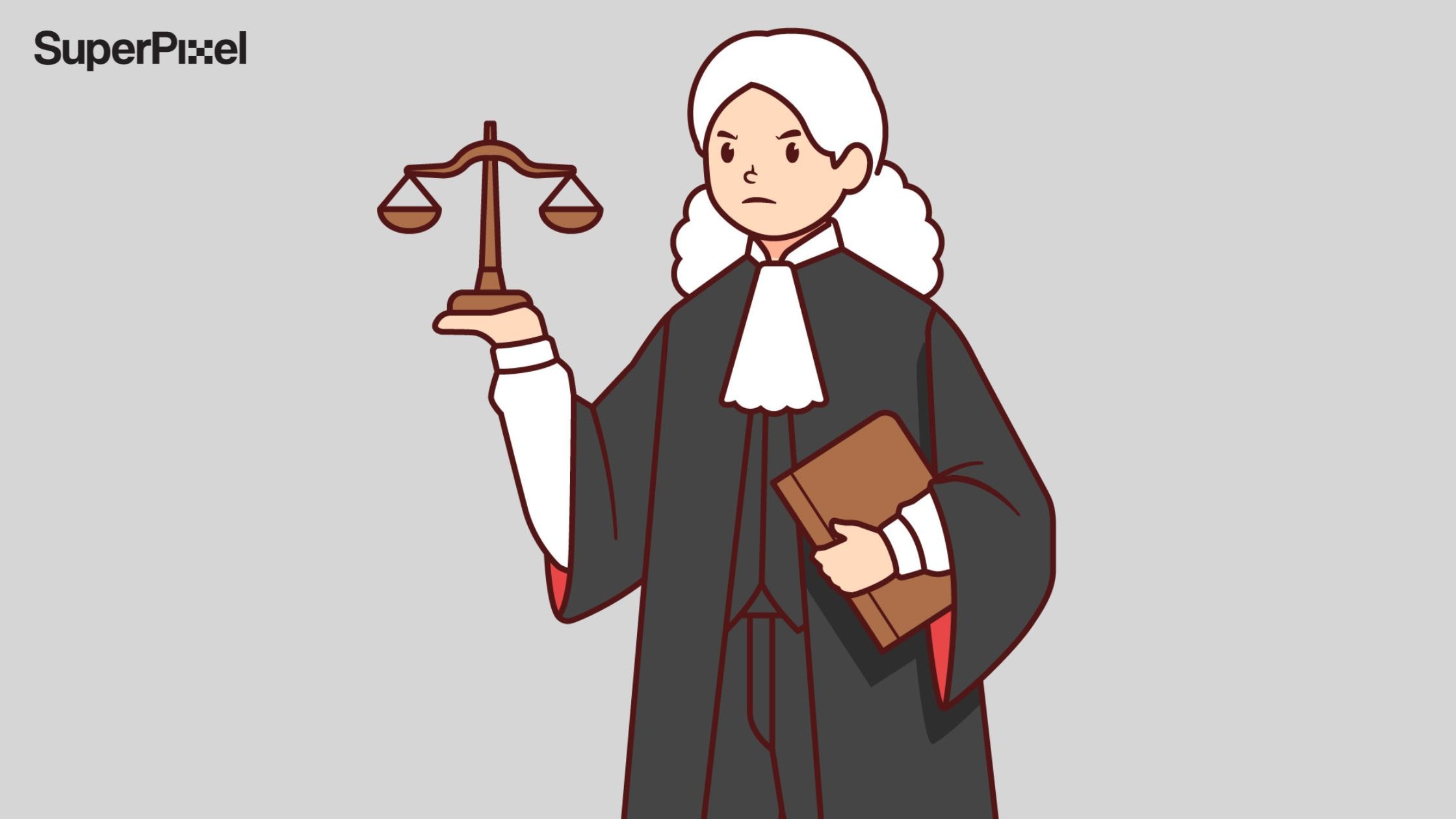I remember standing at Changi Airport, watching travellers stop mid-stride to look at our installation. It clicked: a powerful visual story can make anyone pause, even in distracting environments like a courtroom.
Jurors remember stories, not statistics so why leave crucial evidence trapped in words? Traditional exhibits often miss intricate details of accidents or complex procedures.
Legal animation services clarify complexity and make compelling arguments silently. Building SuperPixel since 2015, I’ve seen how our cross-industry visual storytelling transforms legal case presentations.
Key Takeaways:
- Legal animation transforms complex data and forensic reports into clear, accurate, and compelling visual narratives for judges and juries.
- Visual evidence greatly improves juror understanding and retention compared to verbal or text explanations.
- The animation process is collaborative, involving legal teams and forensic experts to ensure precision and admissibility.
- Effective legal animations focus on clarity and truth, not dramatization.
- Experienced studios turn complex information into logical, memorable stories.

Understanding Legal Animation and Its Role in Litigation
What Legal Animation Really Means
Honestly speaking, this is something that goes beyond just flashy 3D animation. A high-quality animation is the fusion of meticulous storytelling, forensic data, and visual technology to reconstruct events with unflinching accuracy.
From a creative direction standpoint, what we’re really doing is building a visual argument that is both easy to understand and hard to forget. It’s about creating legal animations that show a sequence of events that the jury can follow, step-by-step, providing clarity where words alone create confusion.
Why Law Firms Rely on Visual Evidence Today
The design challenge we often face is cutting through immense cognitive load in legal proceedings. In a courtroom, jurors face overwhelming information.
According to Ma et al. (2010), computer animations reconstructing crime or accident scenes are increasingly popular because they clearly visualize events. These animations replace traditional photos and verbal descriptions by making evidence easier to understand and remember.
When jurors see events as they happened, their comprehension deepens, leading more law firms to use animation services.
For Attorneys and Legal Teams
This approach completely transforms how legal professionals can think about legal presentations. Whether in depositions, mediation, or full trial presentations, animations serve as a powerful tool. For attorneys, it means you can guide the narrative with precision.
For the entire team, it provides a central visual anchor for your legal strategy, ensuring everyone is aligned on how to present the most complex aspects of the legal case.

The Transformative Power of Visual Storytelling in Law
Turning Technical Data into Narrative Flow
Here’s where the creative breakthrough happens in the animation process. We take expert reports, accident reconstruction data, or dense medical records and translate them into a logical visual sequence.
The goal isn’t just to create animations; it’s to build a narrative. Think about the last visual content that made you stop scrolling it was likely the story that captured you. The same principle applies in the courtroom.
We structure the process to ensure the final product tells a clear, linear story that guides the jury from point A to point B without any logical gaps. These trial graphics become an essential part of the argument.
The Psychology of Persuasion Through Motion
The way we translate complex information into visual storytelling is rooted in understanding attention. Movement, pacing, and camera angles all guide where a person looks and what they perceive as important.
This isn’t about manipulation; it’s about clarification. Research into the persuasive power of visuals confirms this.
A paper by Lee et al. (2016) found a significant correlation between scientific impact and the use of visual information, noting that higher-impact work tends to include more diagrams and visuals. This same principle gives a law firm an edge, making their evidence more impactful and persuasive.

Inside the Legal Animation Process
Step-by-Step Workflow
Here’s how our team tackles the challenge of creating legal animations at SuperPixel. The entire process is highly collaborative and built on a foundation of accuracy to ensure the final product is admissible.
- Consultation & Data Gathering: It starts with a deep dive into the case details with the legal team. We gather all relevant evidence police reports, expert testimony, medical records, blueprints.
- Storyboarding & Sequencing: We map out the visual narrative, creating a storyboard that outlines every key moment. This is where the legal strategy directly shapes the visual flow of the courtroom animation.
- 3D Visualisation: Our skilled animators create a detailed and accurate 3D model of the environment, objects, and individuals involved. Every element is built to scale and based on hard data.
- Review & Validation: The legal team and their experts review the animation at every stage to ensure it is a precise and fair representation of the evidence. This iterative process is crucial for maintaining case integrity for these important legal graphics.
Collaboration with Experts
What separates good creative from award-winning work is collaboration. For legal animations, this is non-negotiable. We work hand-in-hand with engineers, forensic analysts, medical experts, and the attorneys themselves.
This ensures that the final forensic animation isn’t just visually compelling but forensically accurate and ready for the courtroom.
From a creative and business standpoint, this interdisciplinary validation is what builds trust and delivers a final product that holds up under scrutiny, meeting all legal standards.

Why Choose an Experienced Studio for Legal Animation
Experience Equals Credibility
Running creative operations in both Singapore and Jakarta has shown me that exceptional design transcends borders, but expertise in simplifying complexity is universal. A studio with a broad track record across different industries brings a unique perspective to legal presentations.
Take our work on the Daikin B2B Corporate Campaign. The challenge was to make complex HVAC technology understandable to a non-technical audience. We used design-driven animation to translate dense product features into clean visual metaphors.
The result? A 55% increase in product comprehension and a 40% improvement in qualified lead generation.
That same skill of turning technical jargon into clear visuals is exactly what is needed to help a jury understand the details of a legal case, whether it involves medical malpractice, personal injury, or product liability. This is the power of professional animation services.
Case Integrity and Trustworthiness
The foundation of strong legal animation is simple: absolute clarity grounded in fact. It’s not about dramatizing a case, it’s about presenting information with precision, objectivity, and honesty.
At SuperPixel, this approach has shaped the way we craft detailed animations across industries that demand accuracy, compliance, and truthfulness.
Just like trial animations, every visual we create must help the viewer understand what truly happened, adding depth and insight without ever altering the factual record.
Medical Accuracy: Novartis Health Explainer Video
In our 2D medical explainer for Novartis, we transformed complex cardiovascular processes into clear, digestible visuals, all while upholding strict scientific integrity. Medical communication, much like legal storytelling, requires:
- strict adherence to verified data,
- zero embellishment,
- and the ability to simplify without distorting facts.
This project proved our capability to handle sensitive, technical subjects with the same discipline required for courtroom use. For legal teams, this level of precision is crucial. When reconstructing an event that occurred, only the facts matter — and the animation must reflect them with unwavering accuracy.
Our work demonstrates how cutting-edge technology and strong creative discipline come together to build visuals that save legal teams valuable time, helping them explain life-altering events with clarity and credibility.
Technical Precision: MariApps Marine Solutions
Our collaboration with MariApps involved visualizing complex maritime workflows, an industry governed by compliance, regulations, and meticulous operational detail. This project required:
- detailed process reconstruction,
- fidelity to real-world operations,
- and complete objectivity in how each sequence was portrayed.
The same discipline applies to trial animations, where every movement, timeline, and interaction must be backed by documented evidence.
By turning technical systems into coherent narratives, we’ve shown how animation can become a potent tool for legal practitioners.
It adds depth to case presentations, helping stakeholders and juries instantly understand processes that would otherwise take hours to explain verbally.
Frequently Asked Questions
What makes a good legal animation for courtroom presentations?
A great legal animation focuses on accuracy and clarity, faithfully reconstructing events based on evidence like expert reports and forensic data. Its goal is to simplify complex information into a clear, logical narrative for the jury, avoiding bias in courtroom presentations.
How much does creating legal animations typically cost?
The cost can vary quite a bit, actually, depending on the complexity of the legal animation needs. A straightforward accident reconstruction might be in one price bracket, while more complex scenarios involving detailed medical malpractice cases or product liability animations could be significantly more.
The key factors are the level of detail, the length of the animation, and the amount of data to be processed. For a clearer picture, we’ve developed an animation cost calculator to help with initial budget planning for our legal services.
Can legal animations be used in settlement negotiations, not just trials?
For sure, that’s one of their most powerful uses. Presenting clear, evidence-based animations during mediation or settlement negotiations can be a game-changer, showing the strength of your case and encouraging fair settlements without lengthy trials.